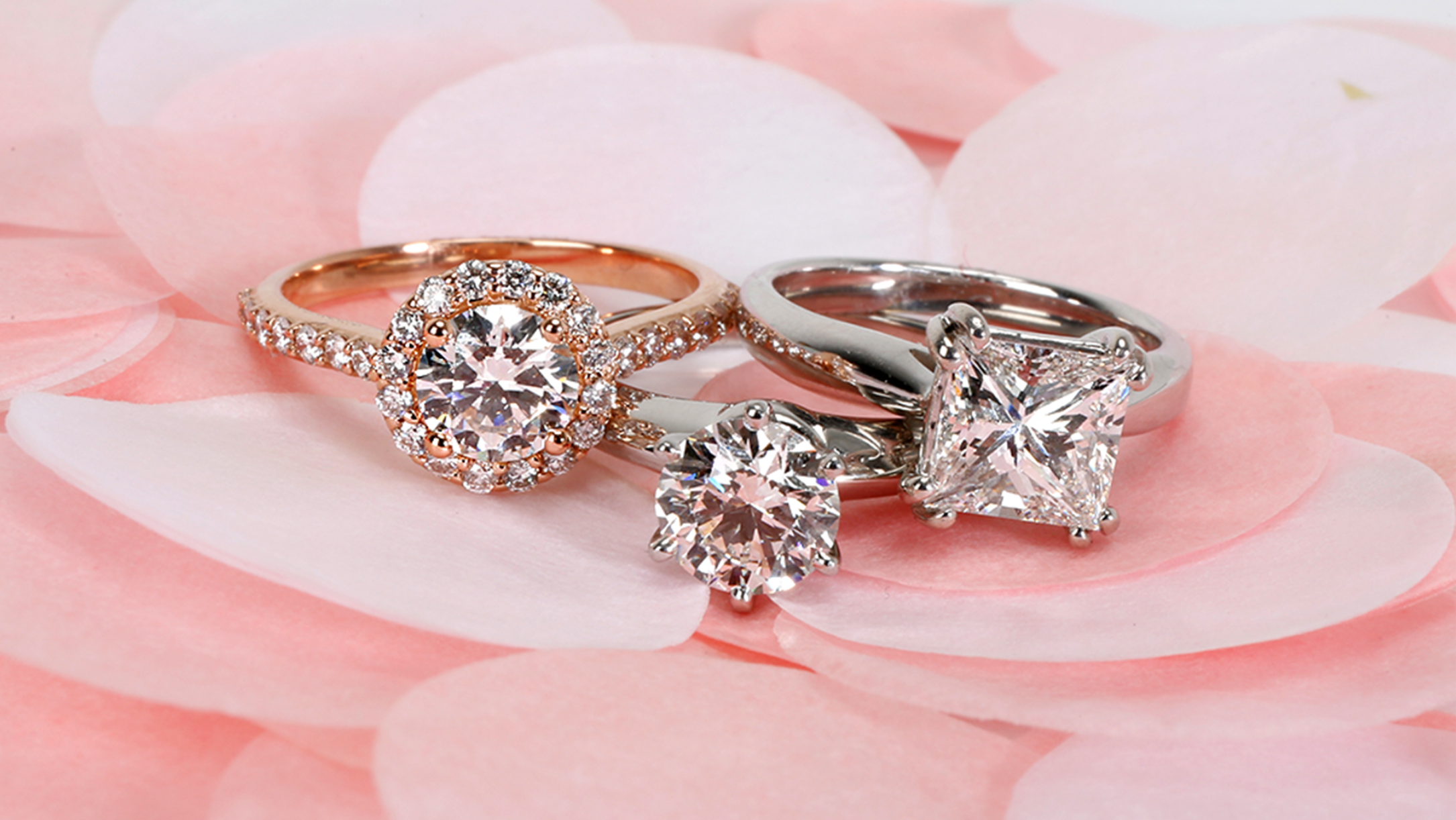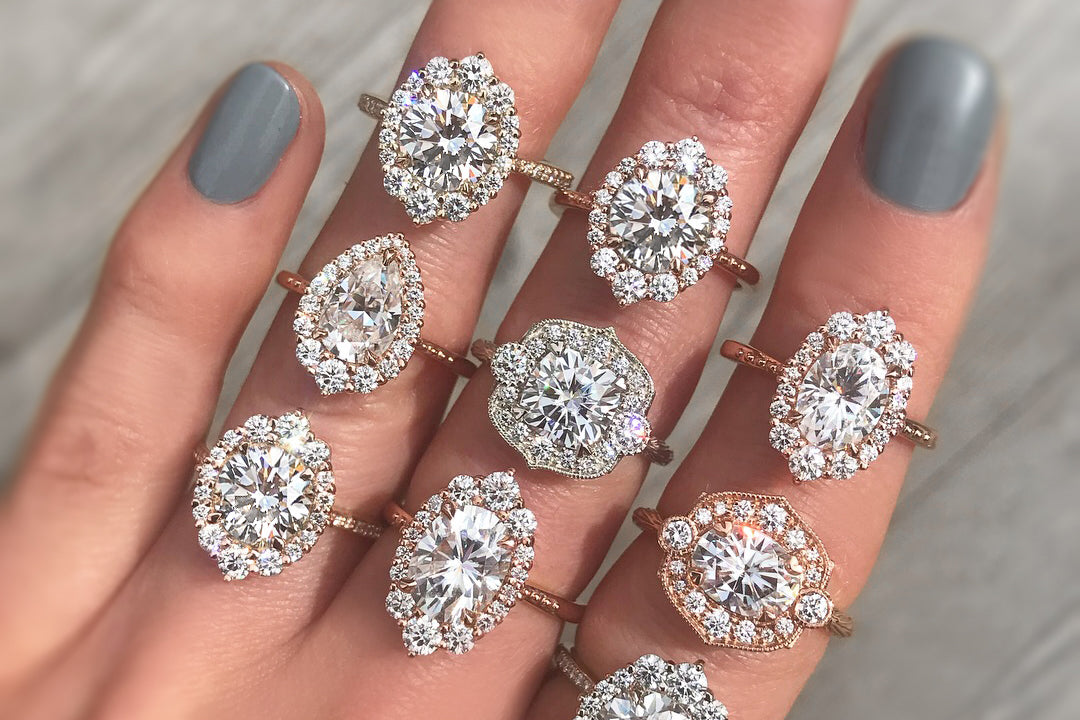
CVD vs HPHT: Understanding the Difference in Lab Made Diamonds
Lab grown diamonds have taken the jewelry world by storm. Among the most common methods used to create these gems are CVD vs HPHT. But what do these terms mean, and how do they impact the quality and appearance of the diamonds you wear?
In this guide, we’ll break down everything you need to know about cvd vs hpht, how they differ, and what that means for lab made diamonds.
What Are Lab Made Diamonds?
Before diving into the comparison of cvd vs hpht, it’s important to understand what lab made diamonds actually are. These diamonds are created in laboratories using advanced technology that replicates the natural diamond-growing process. The result? A diamond that is chemically, physically, and optically identical to one mined from the earth.
Lab made diamonds are more ethical, environmentally friendly, and often more affordable than traditional diamonds, making them an increasingly popular choice for engagement rings, necklaces, earrings, and more.
What is the HPHT Method?
HPHT stands for High Pressure High Temperature. This method mimics the natural conditions deep within the Earth where diamonds are formed. In the HPHT process:
-
A small diamond seed is placed in carbon.
-
High pressure (1.5 million PSI) and extreme temperatures (over 1,500°C) are applied.
-
Carbon melts and forms around the seed, eventually crystallizing into a diamond.
The HPHT process was the first method used to produce lab made diamonds, and it remains one of the most common today.
What is the CVD Method?
CVD stands for Chemical Vapor Deposition. This is a more modern technique and differs significantly from HPHT. In the CVD process:
-
A diamond seed is placed in a vacuum chamber filled with carbon-rich gas.
-
The gas is heated to extremely high temperatures, causing carbon atoms to separate.
-
These atoms settle on the diamond seed and crystallize over time.
CVD is known for producing high-quality diamonds with excellent optical properties and fewer inclusions. It also allows more control over the diamond’s properties during growth.
CVD vs HPHT: Key Differences
Let’s explore the core differences in cvd vs hpht when it comes to lab made diamonds:
| Feature | CVD | HPHT |
|---|---|---|
| Process | Gas-based chemical vapor deposition | Heat and pressure mimicking Earth’s core |
| Temperature | Lower (700900°C) | Higher (up to 1,600°C) |
| Inclusions | Typically fewer metallic inclusions | More metallic inclusions possible |
| Color Quality | Often better; can produce near-colorless gems | Often slightly yellowish without treatment |
| Size | Typically smaller stones | Can produce larger stones |
| Cost | Generally lower | Slightly higher due to intense process |
Which Is Better: CVD vs HPHT?
When choosing between cvd vs hpht, the answer depends on your personal preferences and what you prioritize in a diamond.
-
Choose CVD if you want a more affordable, clean-looking diamond with fewer inclusions and better color.
-
Choose HPHT if you prefer larger stones and don’t mind paying a bit more for the natural-mimicking method.
It’s worth noting that advancements in both methods have led to a significant improvement in quality, making both viable options for beautiful lab made diamonds.
Visual Appearance and Clarity
When it comes to appearance, most buyers cannot tell the difference between cvd vs hpht diamonds without specialized equipment. However:
-
HPHT diamonds may sometimes show a slight metallic hue or graining under magnification.
-
CVD diamonds might exhibit a brownish tint if not treated post-growth.
Despite these slight differences, both types of lab made diamonds can be cut and polished to achieve maximum brilliance and fire, comparable to natural diamonds.
Pricing Comparison: CVD vs HPHT
One major factor for many buyers is price. Generally speaking:
-
CVD diamonds are more cost-effective, as the process is less energy-intensive.
-
HPHT diamonds may come with a slightly higher price tag due to higher production costs.
That said, market pricing often depends on the size, cut, clarity, and color of the final diamond—not just the growth method. Still, for shoppers comparing cvd vs hpht, CVD may offer better value for money in most cases.
Ethical and Environmental Impact
One of the biggest draws of lab made diamonds is their reduced environmental impact compared to mined diamonds. Both CVD and HPHT processes eliminate the need for destructive mining practices and reduce human rights concerns.
However, CVD is generally more energy-efficient than HPHT, which requires massive amounts of heat and pressure. So, in the debate of cvd vs hpht, CVD wins when it comes to sustainability and eco-friendliness.
Applications in Jewelry
Whether you choose CVD or HPHT, lab made diamonds are used in all types of jewelry, including:
-
Engagement rings
-
Wedding bands
-
Earrings
-
Necklaces
-
Bracelets
Both types offer excellent durability (10 on the Mohs scale) and long-lasting beauty, making them perfect for everyday wear and special occasions alike.
Final Thoughts: CVD vs HPHT in Lab Made Diamonds
The debate of cvd vs hpht comes down to subtle differences in production methods, cost, and appearance. Both techniques produce stunning, ethical, and affordable lab made diamonds that are virtually indistinguishable from mined ones.
If you’re shopping for a diamond and want to make a more informed decision, ask your jeweler about the growth method. Knowing whether your diamond was created via CVD vs HPHT can help you understand its characteristics better and make a choice that aligns with your values.
FAQs
Q1: Are CVD diamonds real?
Yes, CVD diamonds are real diamonds. They are chemically and structurally identical to natural diamonds.
Q2: Which method produces better clarity: CVD vs HPHT?
Generally, CVD diamonds have better clarity due to fewer metallic inclusions, but both can achieve high clarity grades.
Q3: Do lab made diamonds last as long as mined diamonds?
Absolutely. Lab made diamonds are just as hard and durable as natural ones, lasting a lifetime and beyond.
Q4: Can jewelers tell the difference between CVD vs HPHT?
Only trained professionals with advanced tools can distinguish between cvd vs hpht diamonds.
Q5: Are HPHT diamonds more expensive than CVD?
Typically, yes. HPHT diamonds can be slightly more expensive due to the high-energy process involved in their creation.










